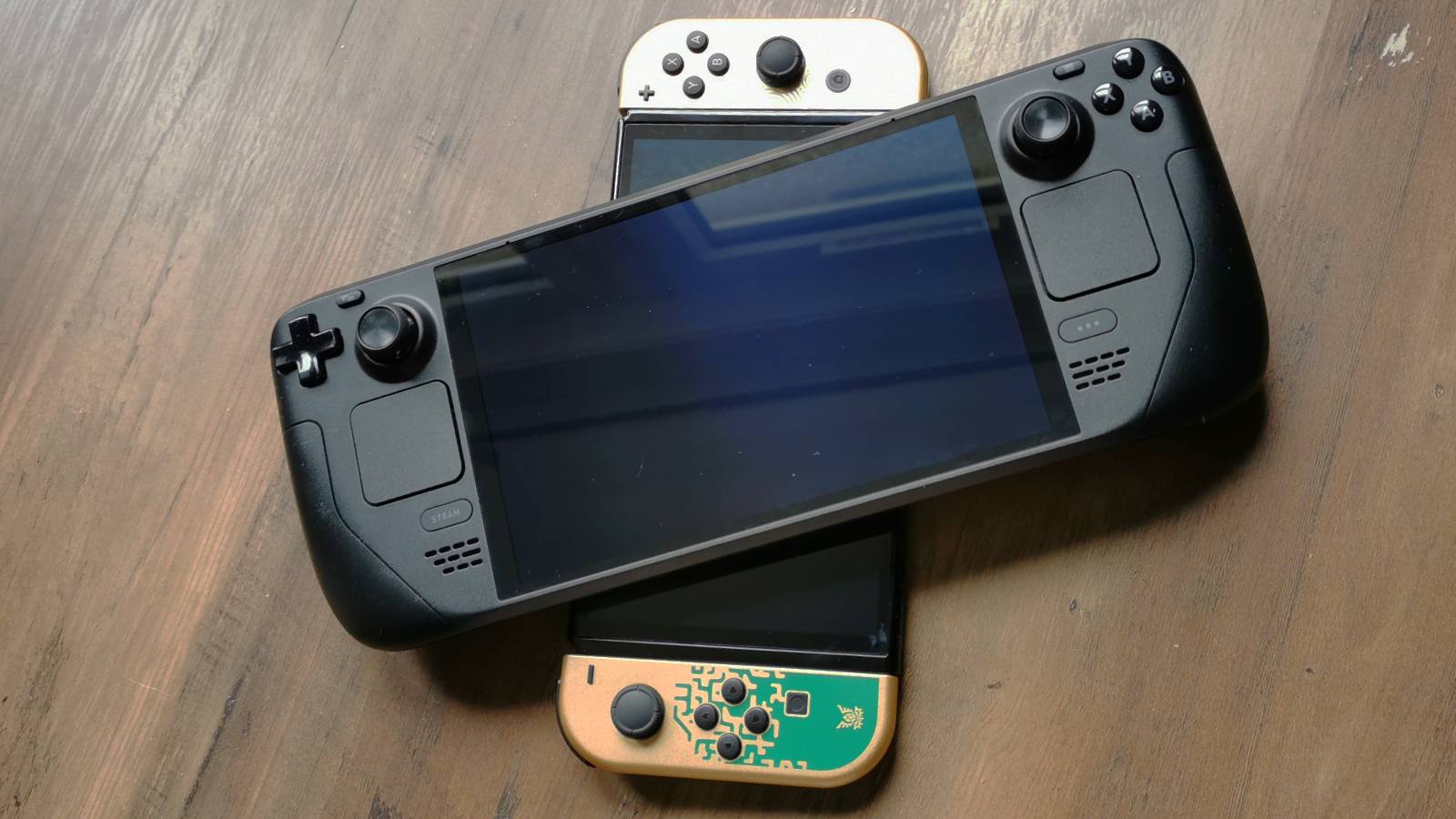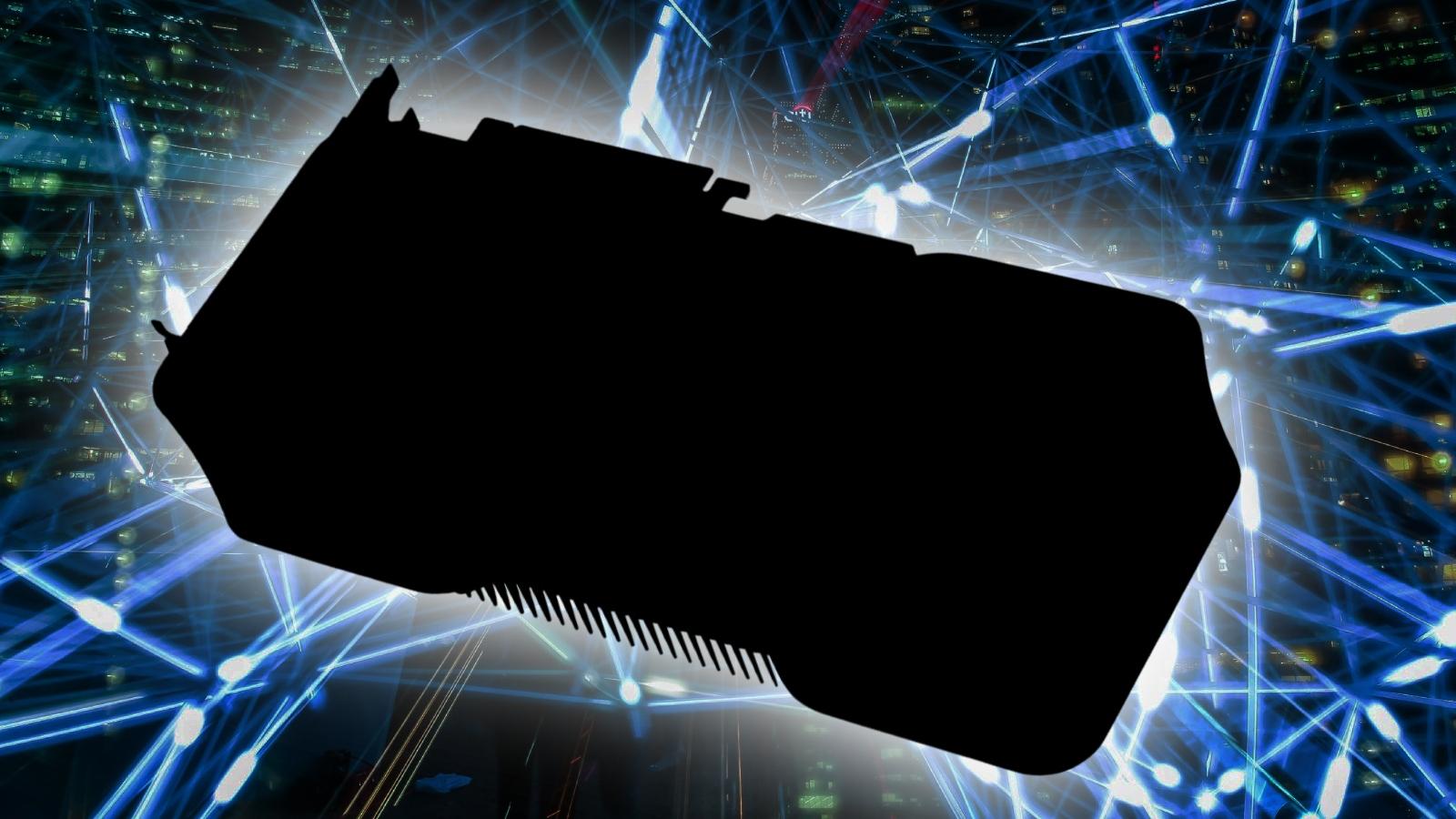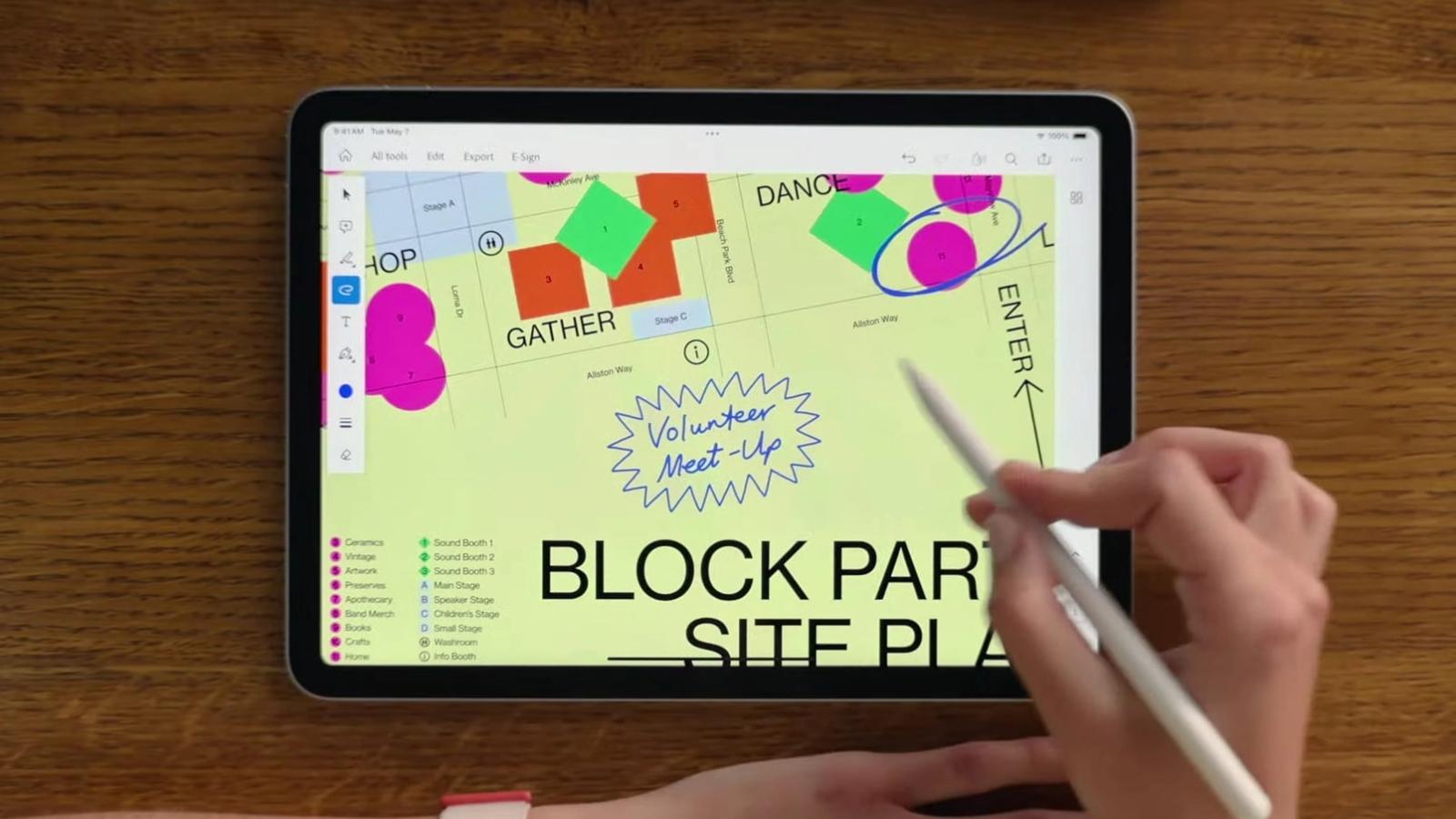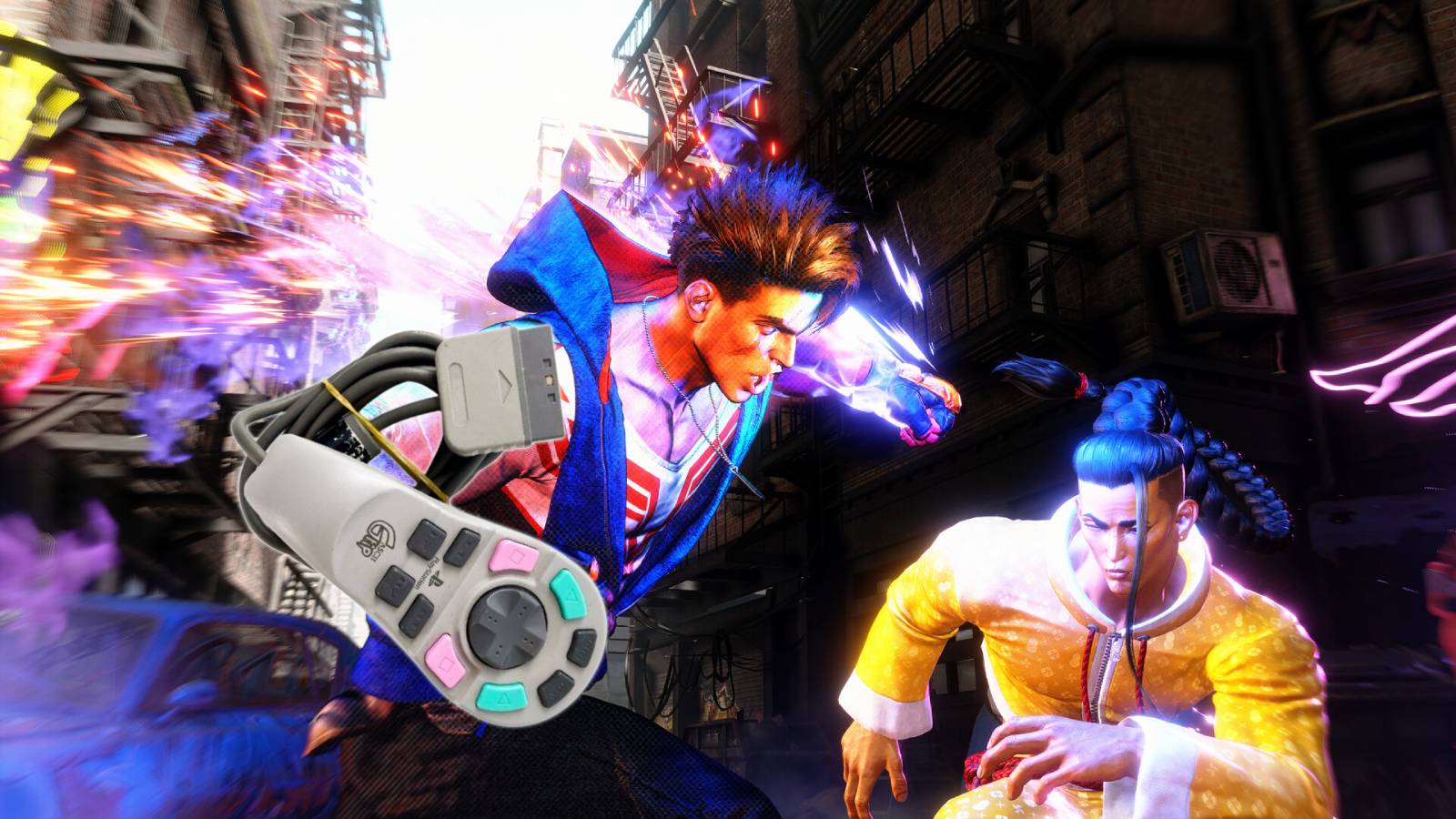Arbiter Studio Polar 65 review: The ultimate package
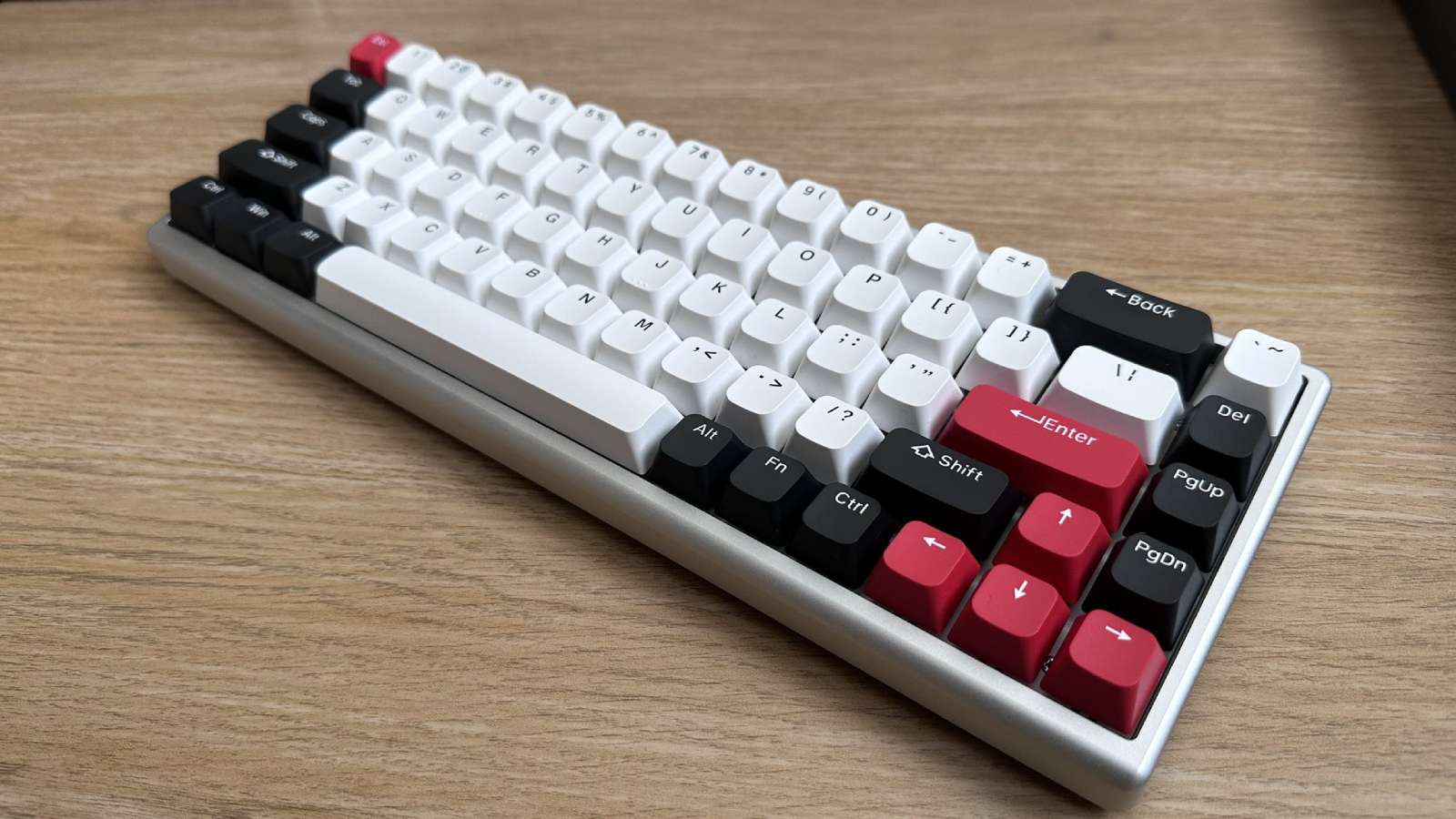 Dexerto
Dexerto With magnetic hall-effect keyboards all the rage, the new company Arbiter Studio has entered the highly competitive market with incredible strength with the Polar 65 board.
The newest trend in the gaming keyboard category is the addition of magnetic hall-effect keyboards, like the Wooting 60HE or Higround Basecamp 65 Performance. But they all have their own various flaws or quirks you need to get used to.
On the Wooting side, you get a relatively basic board, with incredible software and switches, with Higround, you get a more premium build but with nonexistent software. Arbiter Studio looks to blend the best of both worlds for a premium out-of-the-box experience that won’t break the bank. It remains competitive with Rapid Trigger functions, but how does it stack up in an increasingly crowded arena?
Key specs
- Switch type: Fuji Magnetic (Hot-swappable)
- Keycaps: PBT Dual-shot
- Connectivity: Wired
- Form factor: 65%
- Lighting; RGB, software configurable
- Features: Screw-in stabilizers, pre-lubed switches, CNC Aluminum frame, silicone dampening
- Price: $150.00
Design
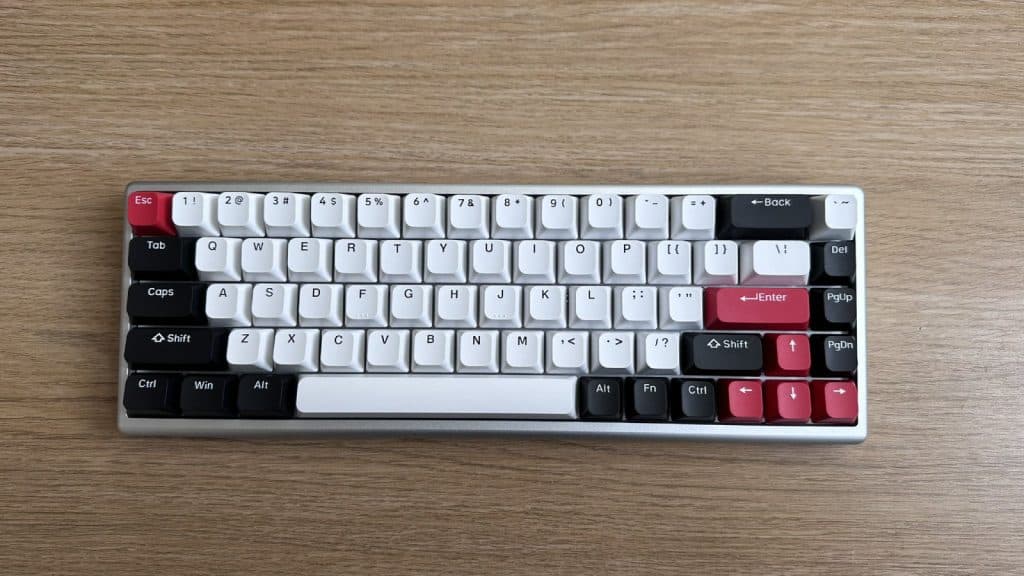 Dexerto
Dexerto The Arbiter Studio Polar 65 is a looker. The 65% form factor is well-worn territory at this point for esports enthusiasts, and the Polar 65 manages to stand out from the crowd thanks to its premium CNC’d aluminum frame, which is nicely rounded off at the edges. Compared to rivals like the Wooting 60HE and Higround Basecamp, this board offers the nicest design of the lot.
I reviewed the board with the “Ronin Red (Gin)” colorway, which offers classic bred-style keycap colors, alongside a bright silver aluminum frame. But, other options look equally as impressive on their website. The PBT caps look great, with a rounded-off look that complements the frame here, too. On the underside of the board, you see a plastic bottom frame, which is packed full of dampening foam on the inside to make each actuation feel nice and plush.
Up top, you get a USB-C port angled to the left-hand side. It would have been nice to see Arbiter Studio pack in a right-angled cable here to minimize the impact of the cable on your desk, but the included braided one serves you just as well. You also get a handful of alternative keycaps bundled in the box, which is always a nice extra.
Premium trimmings
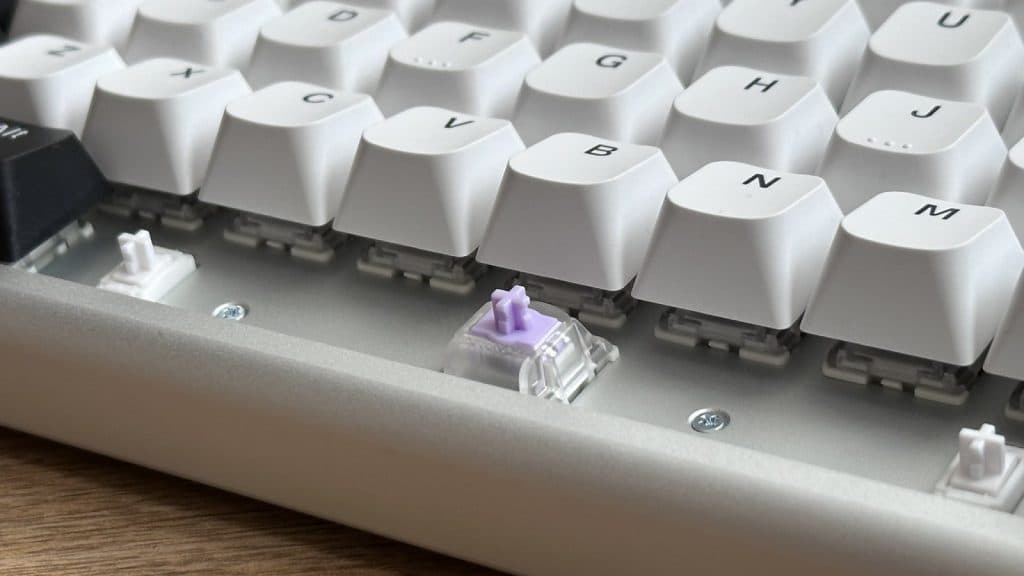 Dexerto
Dexerto The Polar 65 offers pre-lubed ‘Fuji’ hall-sensing switches, with 36g of initial force, and 60g of end force, which makes for a buttery-smooth experience. In terms of range, the switches are capable of being customized from 0.1mm to 3.8mm. The spacebar stabilizer also gets the lube treatment here, for a rattle-free experience. They’re also screw-in, so in case you want to replace them with your own, you’re free to do so without much hassle at all, too.
Compared to its closest competitors, the Polar 65 is just a cut above when it comes to design and sheer build quality. As a package that you can buy out of the box, it might be the most impressive of the new hall-sensing crop of keyboards I’ve used so far.
Software & features
Unlike Higround’s stark lack of a quality piece of software to use all of the fancy rapid trigger and customizable actuation features, Arbiter Studio has equipped the Polar 65 with a handy web app. This is music to my ears, for too long have I used too many singular programs just to change around settings for a keyboard, so taking notes from Wooting’s playbook makes configuring the board an absolute breeze.
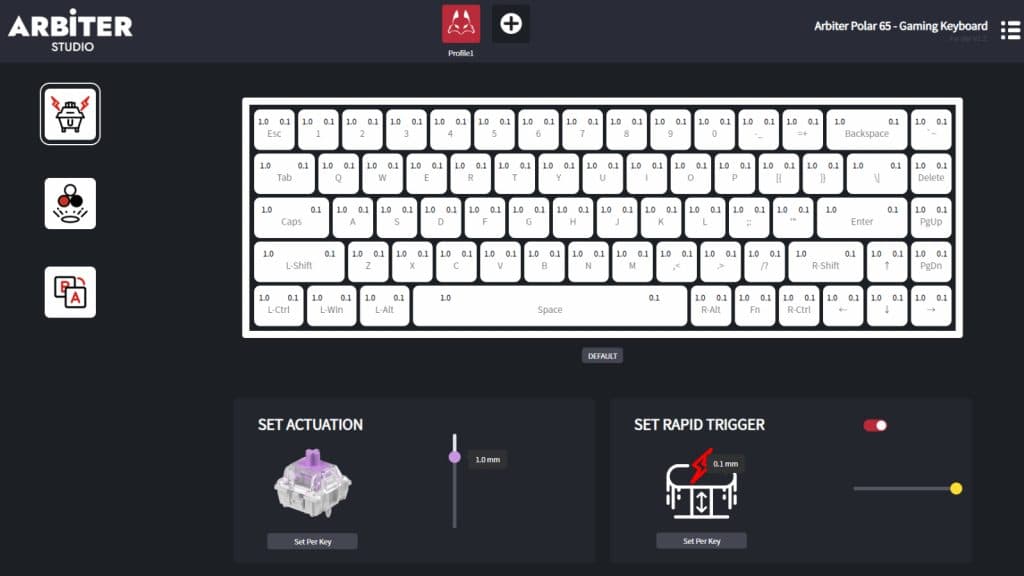 Dexerto
Dexerto Within the web app, you can enable or disable Rapid Trigger, configure actuation points, and set overall actuation points for the board. This is all done through easy-to-use sliders. which makes it an absolute breeze. Here, you can also set per-key actuation, so if you only want to configure changes for your movement, like WASD, you’re able to do so in seconds, thanks to a simple but easy-to-use interface.
It would have been nice to see a live display of how deep you are actuating a key here, as it could make finding your ideal action points much easier, rather than having to set it, and then test it.
In the menu, you are also able to set up your preferred RGB loadout, though again, it would be great to see Arbiter Studio take more notes from the Wooting playbook to mess around with actuation points and the strength of an RGB light.
But, it all works, is simple to use, and is devilishly easy to set up customized profiles for specific games and titles.
Gaming performance
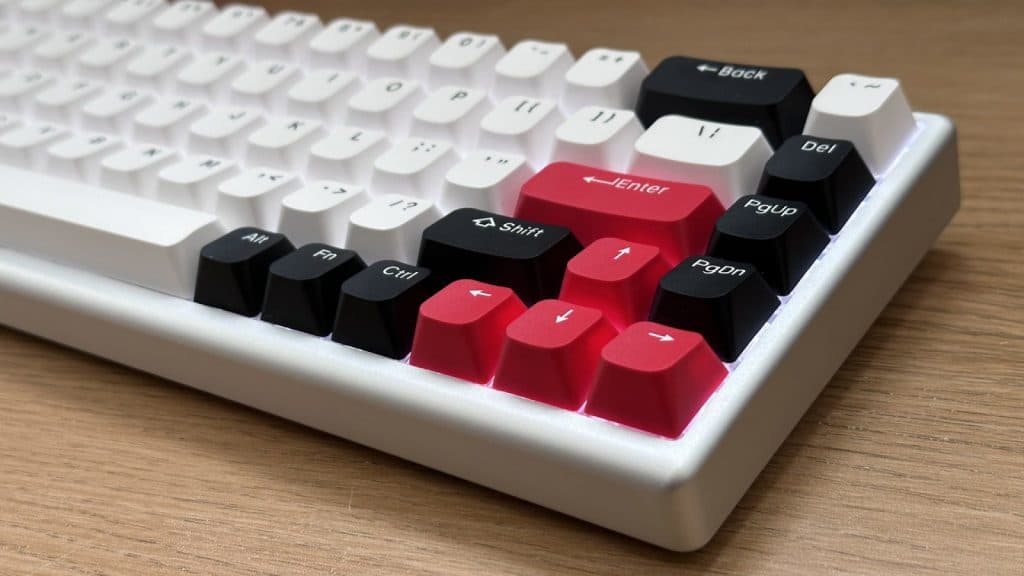 Dexerto
Dexerto With settings tweaked and ready to go, I tested the Arbiter Studio Polar 65’s Rapid Trigger capabilities in Fortnite. I switched between the Higround Basecamp Performance 65, as well as the Wooting 60HE, and the board’s Rapid Trigger performance just about matched the Wooting, though it would have been nice to be able to adjust the up and down strokes. There’s also a very, very small deadzone on the bottom-out of the switch here, which could stand to be better, given the performant nature of the board.
Switching up profiles to play Final Fantasy 14, the board performed admirably, thanks to the adjustable switches. Typing on the board feels solid, though some stem wobble is present on the Fuji switches, so it’s not exactly going to be ideal for hardcore typists. For that, you might want to pick up a non-hall-sensing alternative instead.
Should you buy it?
 Dexerto
Dexerto Given the $150 price point that Arbiter Studio is selling the Polar 65 for, it makes the board an ideal entry point into both magnetic hall-effect boards and offers an above-average typing experience. The premium build quality, the clean-looking keycaps, and the solid software offering make it an attractive package that’s leagues ahead of competition from the likes of Higround, while also being much cheaper than the Wooting 60HE.
Verdict: 4/5
The Polar 65 is almost an absolute home run. My only gripes when using the board were that not all the stabilizers come lubed from the factory, and some slight stem wobble issues, a slight deadzone at the bottom-out of the included switches. The software could also stand to be slightly better, with more features that make use of the analog nature of the keyboard.
Aside from that, it brings all of these features into a more accessible price point, with no waitlists to think of. Given that we’ve seen the board drop to around $100 over the holidays, you could stand to get yourself an absolute bargain.
If you’re looking for a new gaming keyboard that’s jam-packed with features like Rapid Trigger, this should be at the top of your list.
If you click on a product link on this page we may earn a small affiliate commission.
